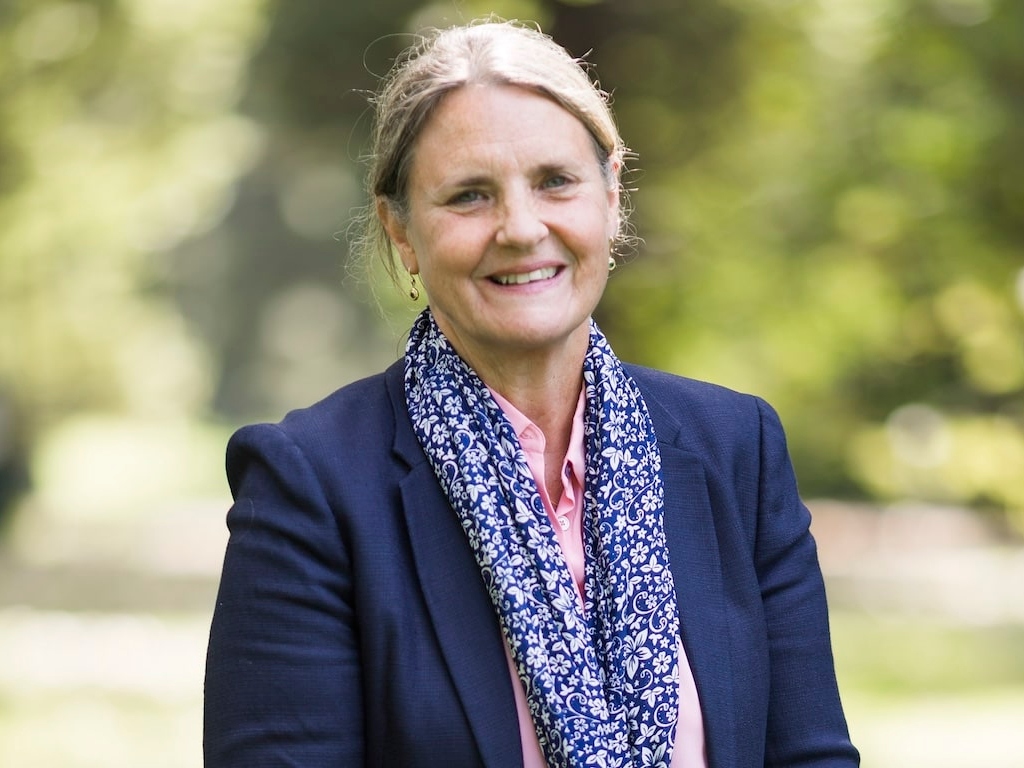Designed to restore some vision to individuals who have lost their sight, the bionic eye bypasses damaged optic nerves and stimulates the brain’s vision center directly. Yet like so many innovative and impactful MedTech and Biotech innovations, further progress on development of Australia’s first bionic eye is hampered by funding constraints.
The surgical team that implanted Australia’s first bionic eye was led by Associate Professor Penny Allen — a Principal Investigator at the Centre for Eye Research Australia, with a clinical appointment at the Royal Victorian Eye and Ear Hospital as head of the Vitreoretinal Surgical Unit.
Ahead of her keynote address at the Impact Investment Summit Asia Pacific in Sydney this week, Penny shared with me her team’s success in developing Australia’s first bionic eye and the challenges faced in delivering such impactful innovation at scale.
Substantial vision improvement achieved
Penny was key to the developing the surgical technique for the suprachoroidal retinal prosthesis, resulting in the first clinical trial of this device in three human patients and she subsequently led a second trial of a fully implantable device with four patients.
Results of that second trial of a second generation bionic eye demonstrated ‘substantial improvement’ in four participants’ functional vision, daily activities and quality of life over a period of more than two and a half years.
The next stage to progress to commercialisation is to get FDA and then TGA approval, but with a limited market size, it is challenging to secure investment.
Penny explained, “We’ve done two clinical trials, with the second being successful, but we now need the next stage which is to get FDA and then TGA approval. We’ve not been successful in securing investment for that.
$30 million in funding needed
“For us to get FDA approval, we would need to do a multi-centre trial, predominantly in the US, but we’ve not been able to find anyone who would invest essentially what would be probably $30 million to do that.
“We have learned that you can develop something that’s really useful and positive but you have to have the market to support it, particularly because the development costs of something like this are really very large.”
However, Penny and her team have since done additional work with the four participants that still have the device working and stable.
“That’s the frustrating thing about this — the devices are all very stable in position, they’re still functional, they’ve not lost functionality over time. The implantation surgery was done in 2018, so they’ve all been in situ for a long period of time and still working in the same way.
While the device has not secured FDA approval, functionality of the device has been improved with additional software and without any additional surgery on the eye. Such software upgrades have improved the ability to detect faces and perceive proximity to an object.
And while those software innovations are very helpful, Penny stresses that there is a lot, lot more you could do with external improvements to the device.
But, once again, that takes money.
Associate Professor Penny Allen will kick off the MedTech/BioTech stream at this week’s Impact Investment Summit on Day 2, Thursday March 27, with a keynote, “The Path to an Australian Bionic Eye – Lessons Learned?”.
The two day Impact Investment Summit begins tomorrow at ICC in Sydney — register to attend at https://events.humanitix.com/impactinvestmentsummit2025

